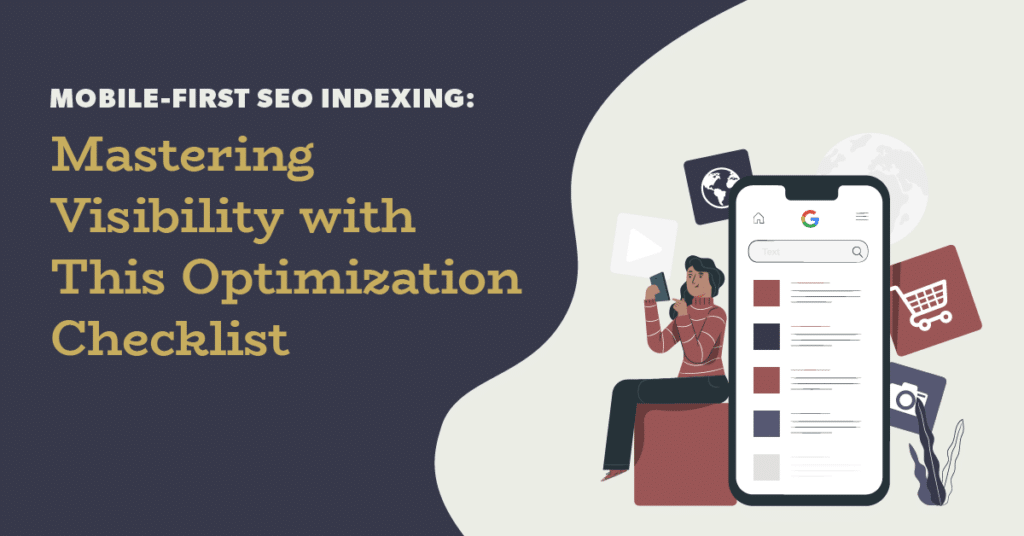In today’s digital landscape, having a strong online presence is crucial for businesses and individuals alike. With the increasing use of mobile devices, optimizing your website for mobile-first SEO indexing is essential to maximize your website’s visibility. In this comprehensive guide, we will explore the key strategies and best practices to help you achieve better search engine rankings and reach a wider audience. Let’s dive in!
Understanding Mobile-First SEO Indexing:
Mobile-first indexing is a method employed by search engines like Google to prioritize the mobile version of a website’s content when determining search engine rankings. It means that the mobile version of your website plays a critical role in how search engines evaluate and rank your site. By understanding the principles of mobile-first SEO indexing, you can take the necessary steps to ensure your website is optimized for mobile devices [1].
Is Your Website Mobile-First SEO Optimized?
Use this checklist to find out:
- Test Mobile-Friendliness: Use Google’s Mobile-Friendly Test [1] to assess if your website is mobile optimized. This test will outline any errors preventing your site from being mobile-friendly and tell you how to correct it.
- Responsive Design: Ensure that your website has a responsive design that adapts seamlessly to different screen sizes and devices. A responsive design is crucial for providing a positive user experience across mobile devices [2].
- Page Speed Optimization: Optimize your website’s loading speed for mobile devices. Slow-loading pages can lead to high bounce rates and poor user experience. Use tools like Google PageSpeed Insights [4] to identify and address any performance issues [2].
- Mobile Usability: Evaluate the usability of your website on mobile devices. Consider factors such as font size, button placement, and overall navigation to ensure a smooth and intuitive user experience [2].
- Mobile SEO Content: Create mobile-friendly content that is concise, easily readable, and visually appealing on smaller screens. Consider using shorter paragraphs, bullet points, and headings to enhance readability [2].
- Avoid Flash and Pop-ups: Eliminate the use of Flash elements and intrusive pop-ups, as they can hinder mobile user experience and negatively impact SEO. Focus on delivering a clean and streamlined experience [2].
- Optimize Images: Compress and optimize images for mobile devices without compromising quality. Large image files can slow down page loading times, so it’s essential to strike a balance between image quality and file size [2].
- Test Redirects: If you have separate URLs for mobile and desktop versions of your website, test the redirects between them. Ensure that the redirects are recognized and crawlable by Google [3].
- Implement Structured Data: Use structured data markup, such as Schema.org, to provide search engines with additional context about your content. This can enhance visibility and improve the display of your website in mobile search results [2].
- Monitor Performance: Continuously monitor and analyze your website’s mobile performance using tools like Google Analytics. Keep track of key metrics such as mobile traffic, bounce rates, and conversion rates to identify areas for improvement [2].
By following this checklist, you can assess and optimize your website for mobile-first SEO, ensuring a positive user experience and better visibility in mobile search results.
References:
[1] Mobile-Friendly Test – https://search.google.com/test/mobile-friendly
[2] Ahrefs Blog – https://ahrefs.com/blog/seo-friendly-website/
[3] Google Webmasters – https://support.google.com/webmasters/answer/7451184?hl=en/
[4] Page Speed Insights – https://pagespeed.web.dev/









